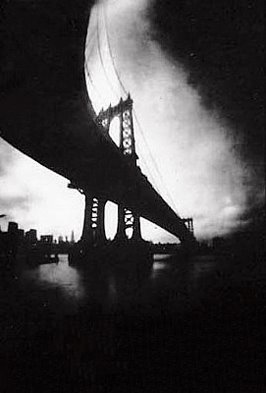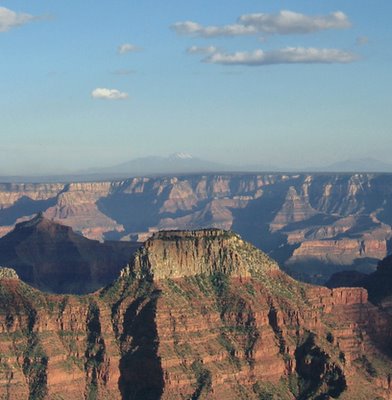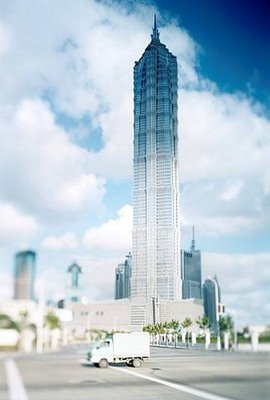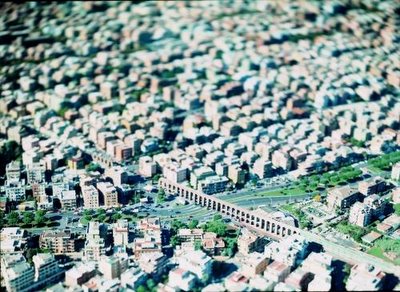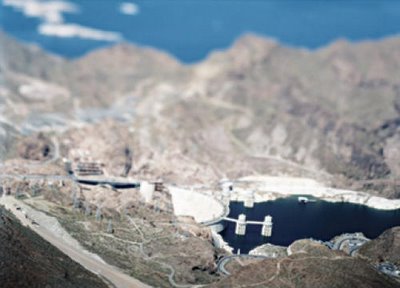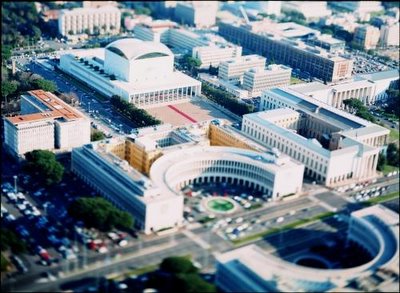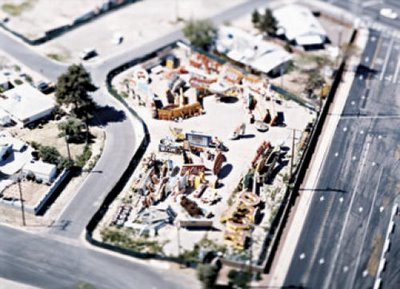“A mediaeval cathedral was a sort of permanent and unchangeable TV programme that was supposed to tell people everything indispensable for their everyday life, as well as for their eternal salvation.” So says Umberto Eco, speaking at the Bibliotheca Alexandrina, Egypt, 2003.
 [Image: Cathedral at Bourges, by Arnaud Frich].
[Image: Cathedral at Bourges, by Arnaud Frich].
This makes me wonder if everyone on Earth could take everything they know and carve it into a cliffside somewhere – or a mountain – sculpting all that rock into a cathedral; and, then, if they could take that hulking monolith of information and minerals and break it off, launch it into orbit, send it drifting through space… It’d be a kind of moving table of contents for the human species. A knowledge-object.
Would that have a better chance than NASA’s so-called Golden Record, that got sent out with Voyager, of explaining the Earth and human history to distant civilizations?
 [Image: NASA’s Golden Record, “intended to communicate a story of our world to extraterrestrials.” The record is really “a 12-inch gold-plated copper disk containing sounds and images selected to portray the diversity of life and culture on Earth,” including the sound of “surf, wind and thunder, birds, whales, and other animals,” and a signed letter from then-president Jimmy Carter. A Menudo video was reportedly removed at the last minute].
[Image: NASA’s Golden Record, “intended to communicate a story of our world to extraterrestrials.” The record is really “a 12-inch gold-plated copper disk containing sounds and images selected to portray the diversity of life and culture on Earth,” including the sound of “surf, wind and thunder, birds, whales, and other animals,” and a signed letter from then-president Jimmy Carter. A Menudo video was reportedly removed at the last minute].
Or, instead of demolishing old buildings, perhaps we should detach them from the Earth’s surface and send them into space as lessons for alien species. Like that Michael Crichton novel. You could learn about the Earth by studying its architecture – because the planet flings buildings everywhere. Constantly.
Archipelagoes of abandoned shopping malls pulled slowly toward distant planets. There goes the Mall of America…
A new film directed by Jerry Bruckheimer.







